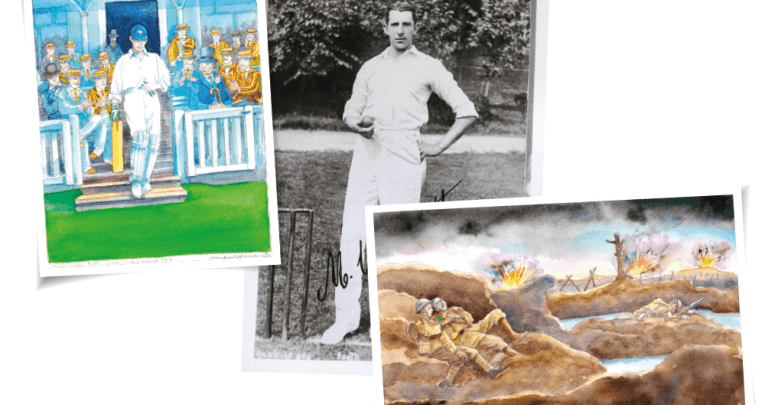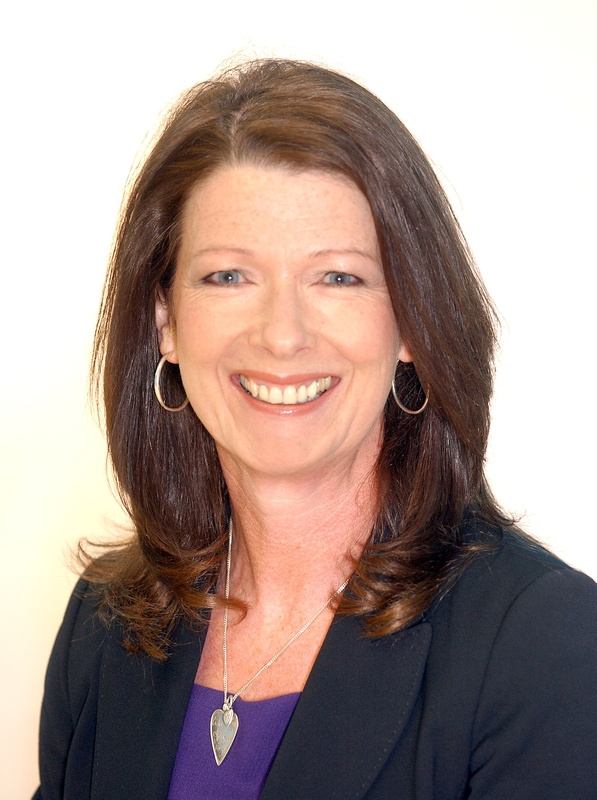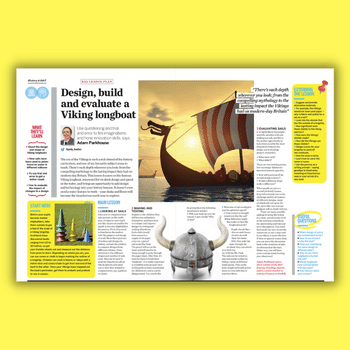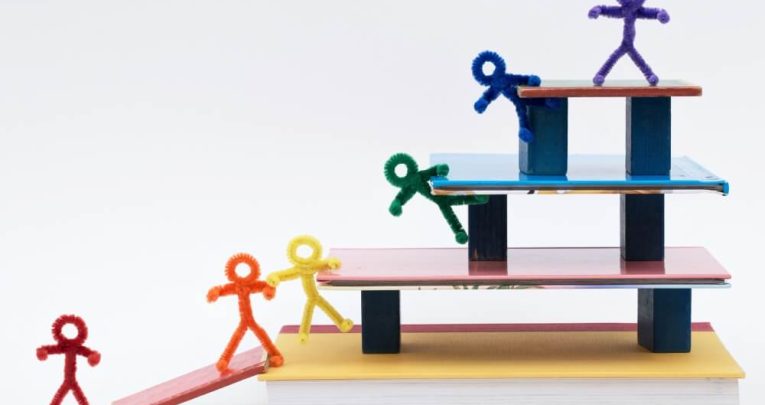How to explore local history at KS2

Bev Forrest starts with a journey from the cricket ground in Pudsey to the battlefields of the Somme in 1916, to show that regional stories can have global significance…

- by Bev Forrest
- History specialist, former chair of Historical Association Primary Committee

The story of Major (a given name, rather than a military rank) Booth, a professional cricketer from Pudsey in West Yorkshire, is a gateway to themes of national and global significance – for example, the importance of the Empire and political struggles among both men and women.
Major’s grandfather was a handloom weaver engaged in the Chartist movement, striving for equality for the working man. By the next generation, Major’s father had risen in status to own his own grocer’s shop, packed with products from the Empire.
He was so affluent he could afford to have his son privately educated at Fulneck School, where Major learned to play cricket. He went on to become an engineer but his skill and love of cricket led him to play professionally for Yorkshire and his country.
In 1914 he was honoured as Wisden cricketer of the year. The outbreak of the war led to Booth turning his back on sport and joining the 15th Battalion of the West Yorkshire regiment – the Leeds Pals.
Rising to the rank of 2nd lieutenant, he tragically lost his life on the first day of the battle of the Somme in 1916. Booth was just one of 20,000 deaths among the British troops that day.
Pupils in Pudsey can still visit places associated with Booth’s story, including the site of the grocer’s shop, the memorial with his name and a plaque honouring his achievement.
This powerful story was utilised by Peter Daniels and the team at Westminster Archives to support KS2 pupils in schools near Lords cricket ground (where Booth had played) as they grappled with the challenging theme of warfare and its impact.
It provides an excellent example of how studying people with links to our locality can make national and global history relevant to our pupils. These stories can also inspire them to understand how they too, like others, from their region can go on to play a part on the national stage of history.
The focus of this final part of my series looking at teaching local history in primary school is KS2. It is vital our content and approaches reflect greater challenge, enabling pupils to develop and prepare for studying history at KS3.
It should also further develop their insight into taking on a more active role as citizens within the community and valuing and preserving their heritage.
KS2 curriculum
The national curriculum clearly states that pupils must be taught a local history study within KS2, and includes some examples on how it can be approached.
The emphasis here is on flexibility and being inspired by and working with the treasures your locality has to offer.
- A depth study linked to a pre-1066 aspect of British history.
- A study over time tracing how several aspects of national history are reflected in the locality (this can go beyond 1066).
- A study of an aspect of history or a site dating from a period beyond 1066 that is significant in the locality.
Making relevant local links is a great way of demonstrating to Ofsted how your curriculum reflects the school and its locality, is relevant to your pupils, and is also enriching their experiences.
In a recent visit to a school in a former coal-mining area in Nottinghamshire, I was disappointed to find that pupils there had no knowledge of the link with the industry.
The school is now planning a joint local history and post-1066 study for KS2 focusing on mining, which also has strong links to national history and the events impacting on the industry.
There’s a range of sources of evidence you can use to study local history units with this age group. They should now be engaging with a number of different types of source within an enquiry and using more-complex information.
Local directories are just one of the written resources available. They provide background information about the area and then go on to list information about all the local businesses.
The accompanying advertisements also provide a valuable insight into life in the area in the past. You can then compare the directories from different years to look at continuity and change.
They can look for periods of most significant change, providing opportunities to link with national events. There is also scope to focus on some entries in more depth by cross-referencing with other written sources like the census or newspapers.
Meaningful cross-curricular links for learning
Studying local history in KS2 provides many opportunities to link with other areas of the curriculum. As Philippa Dixon – history subject lead at St Paul’s primary school in Leeds – found, linking with geography is the most obvious choice.
But don’t neglect other areas like citizenship, with the potential to explore heritage and whether the past is worth preserving.
Many maths skills can be developed within your fieldwork, especially when investigating sources like census returns.
Links to science can be made through investigating materials used over time within the environment.
The creative arts and literacy can also have a key role through communicating the knowledge gained and skills developed.
Philippa found the potential for learning within local history was so powerful that the staff planned a whole term’s unit of the curriculum around it for their pupils in UKS2.
Their main focus was looking at the industrialisation of Leeds, including the significance of the canals, railways and mills. The children compare the growth of Leeds during the industrial revolution to the modern-day city, exploring aspects such as Channel 4’s recent relocation to the area.
Even the most motivated of you might still be struggling with selecting which aspect of local history to study in a particular age group. If so, ask your subject leader to carry out an audit starting with the staff and then parents and members of the community.
Their views should be sought on which local events, people and features are of such significance they should be studied by pupils in the school.
As a staff you can then map coverage of these over the key stages. Remember to focus on reaching out from the local to make those links to national and global history by Y6.
So why wait to get started? Local history makes a great topic for your summer term!
Find out more
Books
- Geoff Timmins, Exploring Local History for Teachers in Primary & Secondary School, available from The British Association for Local History.
- Lynne Dixon & Alison Hales, Bringing History Alive through Local People and Places, Routledge.
Websites
- Historical Directories of England & Wales:
specialcollections.le.ac.uk - Census materials:
ancestry.co.uk
findmypast.co.uk - War memorials
War Memorials Trust
Commonwealth War Graves Commission - Workhouse records:
The history of the workhouse - Images:
Historic England
Britain from Above - Maps:
National Library of Scotland
To find out more about Major Booth and other sportsmen from the First World War visit ww1playingthegame.org.uk/story-major-booth.
Bev Forrest is Chair of the Historical Association Primary Committee and the author of Rising Stars History.







